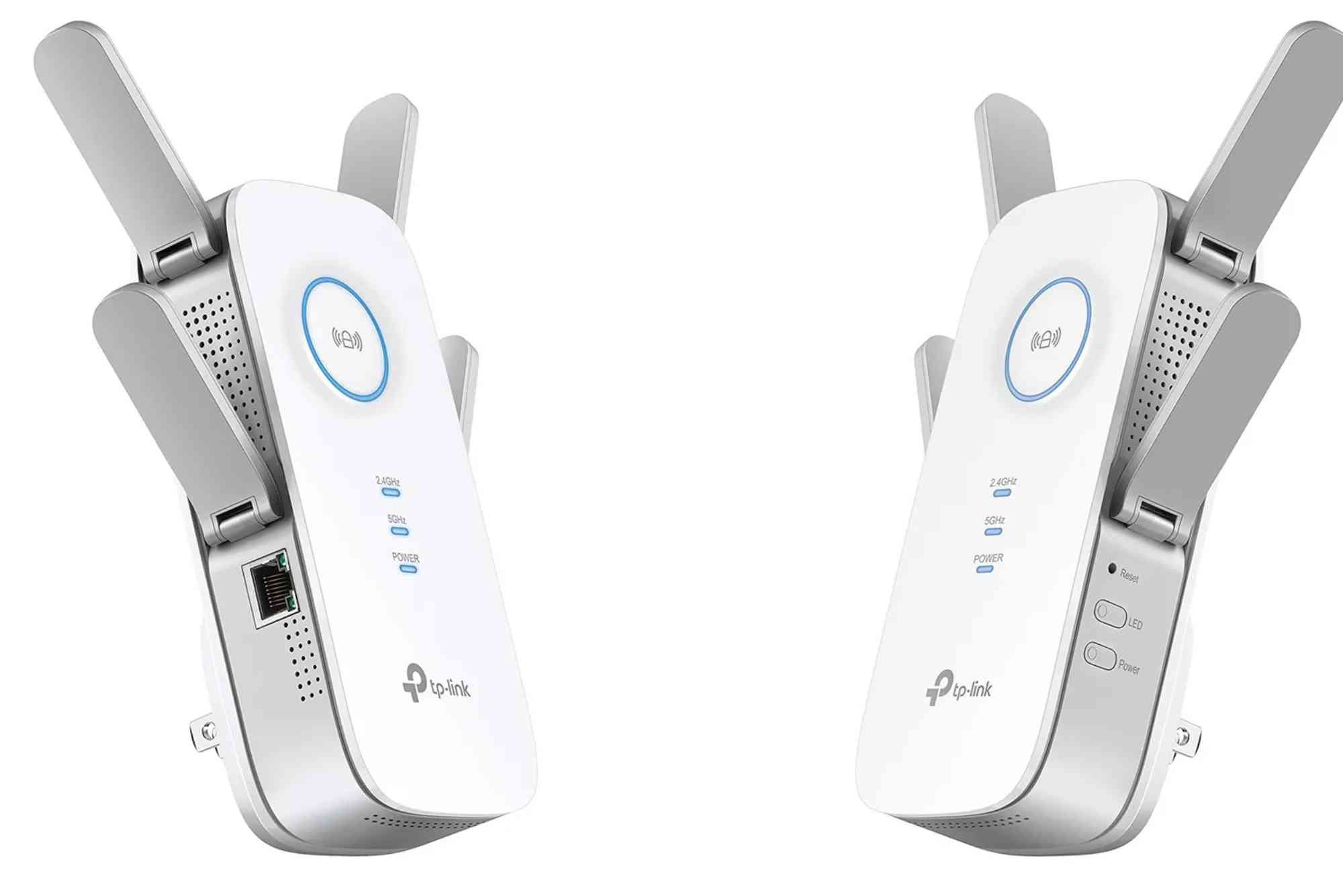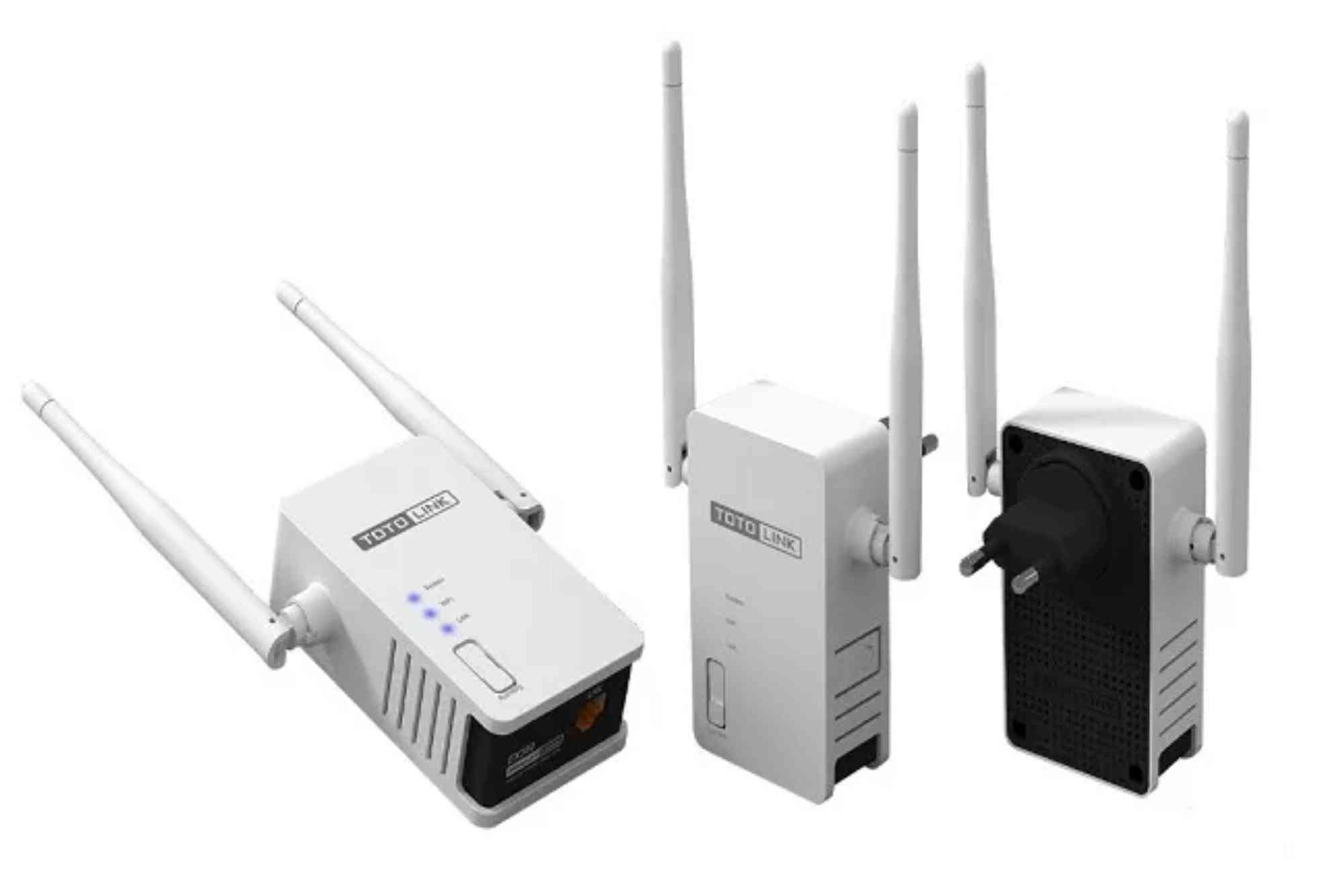A hacked Wi-Fi network can feel like a nightmare. Suddenly, your private data, devices, and online accounts may be at risk. Knowing what to do if your Wi-Fi is hacked is essential to regain control, secure your devices, and prevent future attacks. In this guide, we’ll walk you through actionable steps to protect your home or business network.
Understanding the Risks of a Hacked Wi-Fi Network
When your Wi-Fi is compromised, attackers can intercept your personal data, install malware, or even hijack your devices. Cybercriminals use weak passwords, outdated firmware, or unprotected routers to gain access. Once inside, they can monitor your online activities or steal your information. Understanding the risks helps you respond quickly and minimize damage.
Signs Your Wi-Fi Network Might Be Hacked
Suspicious network behavior often signals a compromise. You may notice slower internet speeds, unknown devices connected to your network, or your router’s settings being changed without your knowledge. Pop-ups, strange redirects, and new admin credentials you didn’t create are also warning signs.
Why Acting Quickly Matters
The longer a hacker has access to your Wi-Fi, the greater the potential damage. Acting quickly helps stop data theft, reduce malware risk, and prevent unauthorized access to your financial or personal accounts.
Immediate Steps to Take If Your Wi-Fi Is Hacked
Taking decisive action immediately after discovering a hack can save your data and restore network security.
Disconnect All Devices
The first step is to disconnect all devices from the compromised Wi-Fi network. This prevents hackers from accessing them while you secure the router. Turn off Wi-Fi on smartphones, laptops, smart TVs, and IoT devices temporarily.
Reset Your Router
Resetting your router clears unauthorized changes. Locate the small reset button on the back, press and hold it for 10–30 seconds, and allow the router to reboot. This action restores default factory settings, removing malicious configurations.
Change Admin Credentials
Once your router reboots, log in with the default credentials (found on the back of your router or in the manual) and immediately create a strong new username and password. Use a mix of uppercase and lowercase letters, numbers, and special characters. Avoid using the same password as before.
Update Router Firmware
Outdated firmware is a common security gap. Log into your router’s admin panel and check for firmware updates under the maintenance or update tab. Install the latest version provided by the manufacturer to patch known vulnerabilities.
Enable Network Encryption
Ensure your Wi-Fi is using WPA3 or WPA2 encryption. Older protocols like WEP are outdated and easy to crack. Encryption helps protect data traveling between your devices and the router.
Strengthening Your Wi-Fi Security Post-Hack
Once you’ve addressed the immediate threat, focus on reinforcing your Wi-Fi network.
Create a New Network Name (SSID)
Changing your network name signals a fresh start and deters hackers who may be tracking your old SSID. Avoid using personal information like your address or name in the new SSID.
Set Up a Guest Network
If you frequently share your Wi-Fi with visitors, consider setting up a guest network. This keeps your primary network secure by isolating guest devices.
Use a VPN for Additional Protection
A Virtual Private Network (VPN) encrypts your internet traffic and hides your IP address, adding another layer of security. Consider enabling a VPN on your router or individual devices to make hacking attempts more difficult.
Monitor Connected Devices
Regularly review devices connected to your network through your router’s admin panel. If you spot an unfamiliar device, disconnect it immediately and change your Wi-Fi password again.
Secure IoT Devices
Smart home devices often have weaker security. Change default passwords on cameras, thermostats, and other IoT gadgets. Regularly update their firmware to close vulnerabilities.
Preventing Future Wi-Fi Hacks
Being proactive can save you from future breaches. Cybersecurity is an ongoing effort, and prevention is always better than reaction.
Enable Two-Factor Authentication on Router Login
Some routers allow two-factor authentication (2FA) for admin access. This adds an extra layer of verification, making it harder for hackers to gain control.
Turn Off Remote Management
Unless you need it, disable remote management on your router. This feature allows access from outside your home network and can be exploited by hackers.
Regularly Audit Your Network
Schedule routine checks of your router settings and connected devices. Spotting unusual activity early reduces the risk of a major compromise.
Use Strong, Unique Passwords
Strong passwords are the cornerstone of cybersecurity. Never reuse passwords from other accounts on your Wi-Fi network. Consider using a password manager to keep track of complex credentials.
Keep Security Software Updated
Install reputable antivirus and anti-malware software on your devices and keep it updated. This helps detect malicious activity that may spread from your Wi-Fi network to your devices.
Expert Tip: Partner with a Reliable Internet Service Provider
Working with a trustworthy ISP can strengthen your cybersecurity efforts. For example, Dhanote Internet Services provides secure and reliable internet solutions, helping you safeguard your home or business network from threats.
Frequently Asked Questions
How do I know if my Wi-Fi network has been hacked?
You might notice slower speeds, unknown devices connected, or changes in router settings. Check your admin panel for unfamiliar activity.
Can hackers access my personal data through Wi-Fi?
Yes. If your Wi-Fi is hacked, attackers can intercept your online activity, passwords, and financial data. Taking immediate action minimizes the damage.
Should I replace my router after a hack?
Not always. Resetting your router to factory settings and updating its firmware often removes the threat. However, if the router is very old, replacing it may improve security.
How can I secure my Wi-Fi after a hack?
Change your router’s admin credentials, update firmware, enable WPA2 or WPA3 encryption, and monitor connected devices regularly.
Is using a VPN on Wi-Fi safe?
Yes. A VPN encrypts your internet traffic, making it harder for hackers to intercept data even if your Wi-Fi is compromised.
Take Control of Your Network Security
Discovering your Wi-Fi has been hacked is stressful, but acting quickly can restore your privacy and security. Reset your router, change credentials, update firmware, and strengthen your network’s defenses. By adopting good security habits, you can protect your home or business from future cyber threats.








